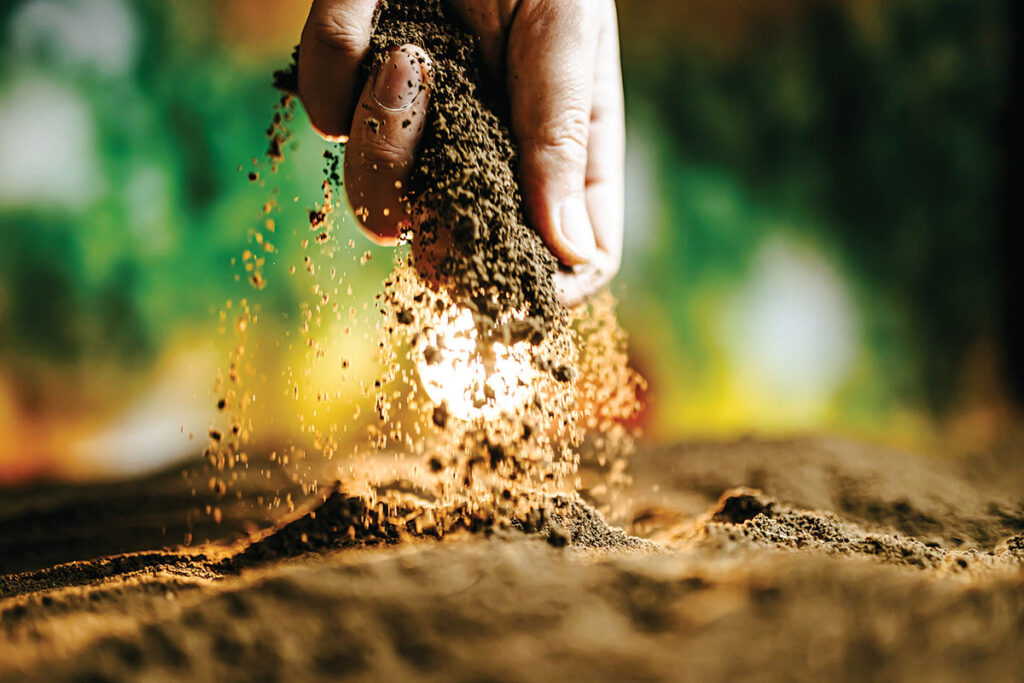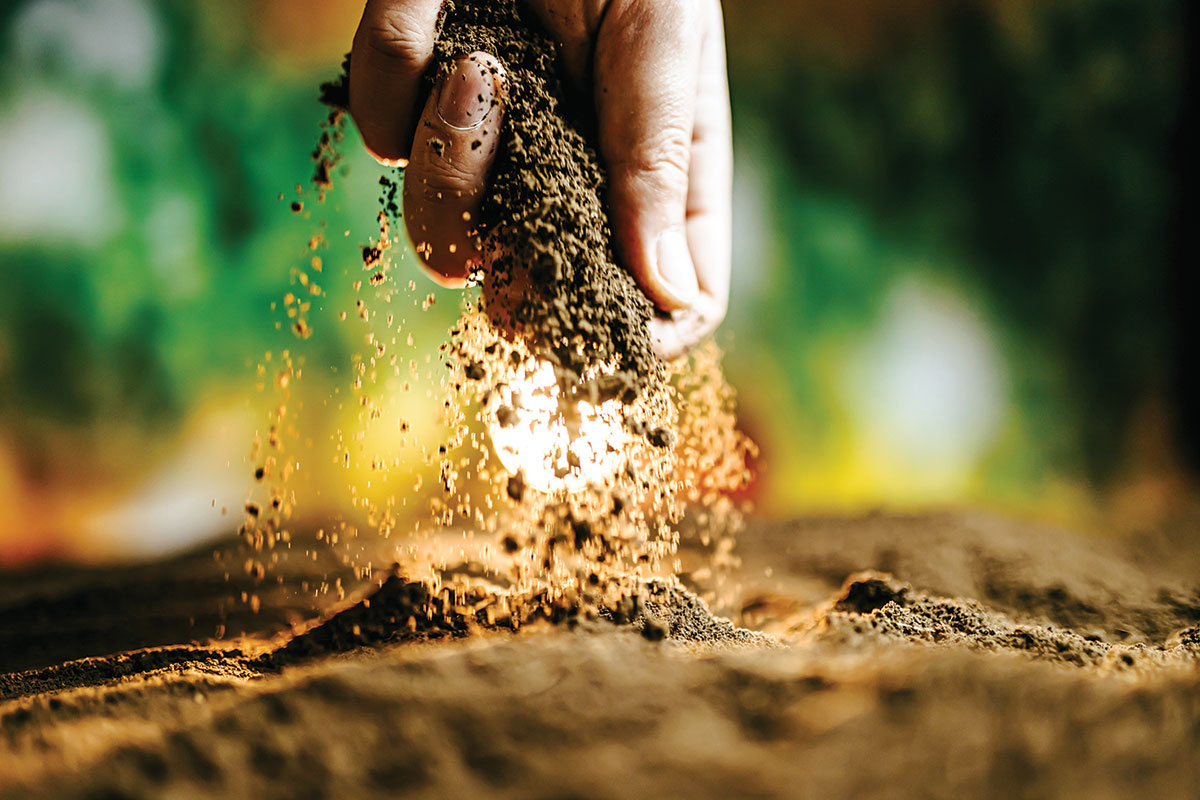
The impact of soil composition on crop productivity in the Ozarks
The differences in soil types across the Ozarks are quite drastic. Stark variations can exist even between pastures in the same operation. From one region to the next the soil types can range from deep and fertile to shallow and sandy soil or pretty much anything in between. Identifying soil types along with their strengths and limitations can help farmers get the most out of their land.
Impact of Soil Type
The type of soil on an operation plays a significant role in not only what crops can be grown, but how well those crops will grow. “Soil characteristics such as soil texture, structure, and soil depth are among the many factors that impact crop production,” Dr. Bronc Finch, Ph.D., University of Arkansas Division of Agriculture Soil Fertility Extension Specialist, explained.
Soil texture is made up of several components including sand, silt, and clay. According to Dr. Finch, soil texture can play a major role in root establishment as well as water and nutrient retention in the soil.
Sandy Soils
Different soil types have their own advantages and disadvantages. For example, soils that have more sand will usually create an environment for better root penetration, drainage, and aeration. “However, sandy soils also typically have lower water-holding capacity and will dry out much quicker during drought conditions, because there is a lower surface area per particle and larger pore spaces between the soil particles,” Dr. Finch stated.
Clay Soils
Soil fertility extension specialists say, on the other hand, clay soils can possess higher water-holding capacities and dry out more slowly due to more surface area and small pore spaces to better retain moisture. On the downside, as clay soil dries out, it becomes more difficult for roots to make their way through the soil, and it can also create clods.
Soil Depth
Another factor to consider when determining the productivity of land is the depth of the soil layer. “Soil depth is also of major importance, concerning depth to bedrock or a limiting layer, this depth will affect how deep into the soil crop roots can penetrate influencing the water and nutrient availability to the plant,” Dr. Finch said.
“In the Ozarks and surrounding areas, soils can range from fine to medium textures being more largely dominated by clays, and range in soil depth and permeability.”
Determining Soil Type
There are several different avenues to help farmers determine the type of soil on their property. One comprehensive source is the Web Soil Survey (WSS) which is operated by the USDA Natural Resources Conservation Service (NRCS). The WSS provides soil data and information on 95 percent of the counties in the country. The agency is working to get 100 percent of counties surveyed.
A step-by-step informational guide on how to use the WSS is available in the University of Arkansas System Division of Agriculture (UADA) publication titled, “Using the Web Soil Survey: An Online Tool from the USDA.”
Arkansas, Missouri, Oklahoma and most other states have their own soil testing laboratories. Farmers can contact their local extension offices for information about soil testing kits, practices, and analysis conducted by their state laboratory.






